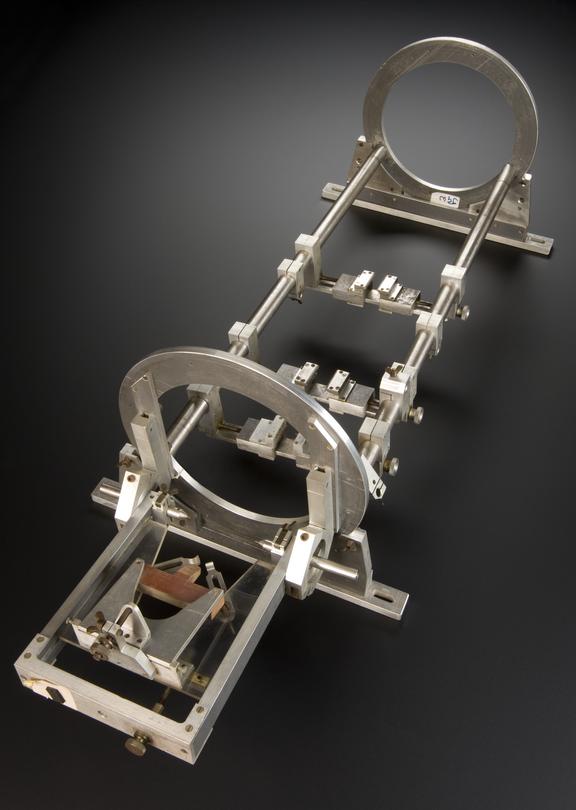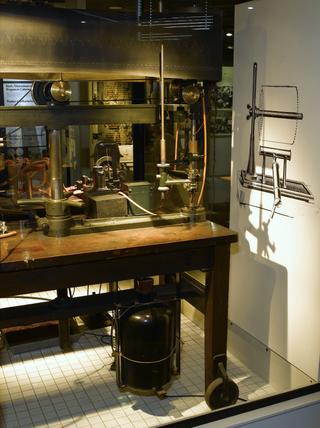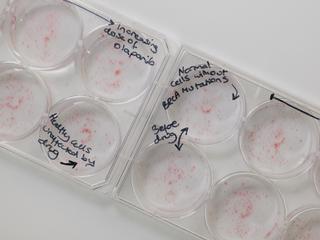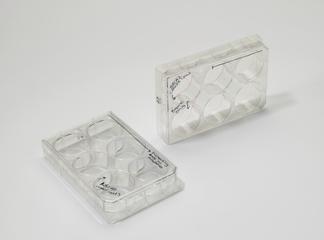

Stereotaxic Dog frame built for Professor Widdicombe by Edgar Schuster at St. George's Medical School, 1966.
Dogs were immobilised during surgical procedures, usually to the brain, using this unit. This avoided unnecessarily damaging the surrounding tissue. The unit is called stereotaxic (or stereotactic) apparatus. The steel frame was built for respiratory physiologist Professor Widdicombe at St. George’s Medical School, London.
Animal experimentation for scientific and medical research remains controversial. One main argument is whether the benefits of animal testing outweigh the moral issues. The first organised anti-animal experiments or anti-vivisection movements were at their peak in Britain in the 1870s and 1880s. They led to tighter restrictions on who could perform experiments.
Details
- Category:
- Laboratory Medicine
- Object Number:
- 1997-1678
- Materials:
- steel
- Measurements:
-
overall: 340 mm x 1100 mm x 430 mm,
- type:
- stereotaxic apparatus
- credit:
- St Thomas's Hospital




